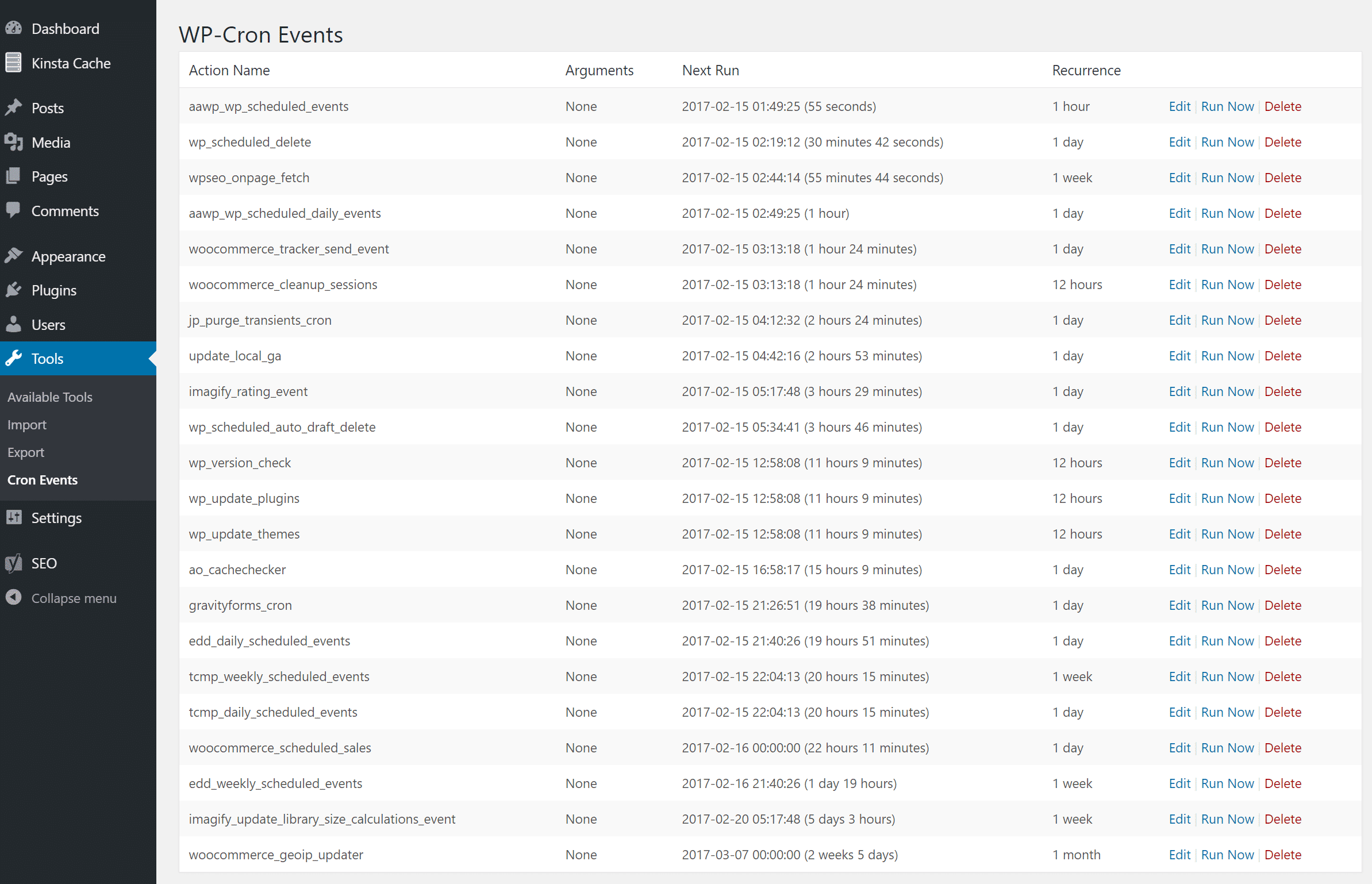

When you understand enough about how Crontab works you can use these nifty Crontab generator utilities to generate crontab lines for free.Īlso, you can read Ubuntu’s article on how to use Cron here. How much of a Cron user are you? And are there any details you can contribute to the article? The discussion box is below. You can now begin to set up and maintain several environments using scheduled commands. “ 0 0 1 * *“įor example, this is how to backup your system every day: /path/to/backup/script.shĪt this point, you have all you need to create and manage system tasks using Cron. Cron has specific strings you can use to create commands quicker: Strings are among the developer’s favorite things because they help to save time by eliminating repetitive writing.

Run Linux command at 04:05 every Sunday: 5 4 * * sun /path/to/linuxcommand Cron Optionsĭelete Cron job for a specific user. Run at 23 minutes after midnight, 2am and 4am, everyday: 23 0-23/2 * * * /path/to/ Run /scripts/phpscript.php at 10 pm during the week: 0 22 * * 1-5 /scripts/phpscript.php Run script.sh at 4:30 pm on the second of every month: 30 16 2 * * /path/to/script.sh Run /root/backup.sh at 3 am every day: 0 3 * * * /root/backup.sh The first step to running cron commands is installing your crontab with the command: # crontab -e Now that you know Cron’s syntax and operators, let’s see some cron examples.

How then are you supposed to create and edit cron jobs? With crontab commands. The cron files are not supposed to be edited directly and each user has a unique crontab. Given that description, you can imagine how system admins use it to automate backup tasks, directory cleaning, notifications, etc.Ĭron jobs run in the background and constantly check the /etc/crontab file, and the /etc/cron.*/ and /var/spool/cron/ directories. Cron is one of Linux’s most useful tools and a developer favorite because it allows you to run automated commands at specific periods, dates, and intervals using both general-purpose and task-specific scripts.


 0 kommentar(er)
0 kommentar(er)
